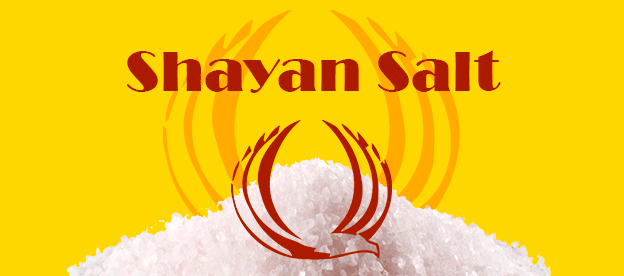
Salt consumption and health :You can find the amount of sodium in your food.
Table salt is made up of just under 40% sodium by weight, so a 6 g serving contains about 2,300 mg of sodium.
Sodium serves a vital purpose in the human body:
- role as an electrolyte
- helps nerves and muscles to function correctly
- one factor involved in the osmotic regulation of water content in body organs
Most of the sodium in the Western diet comes from salt. The habitual salt intake in many Western countries is about 10 g per day. it is higher than that in many countries in Eastern Europe and Asia.The high level of sodium in many processed food has a major impact on the total amount consumed.
- High sodium intake associate with a greater risk of stroke, total cardiovascular disease and kidney disease.
- A reduction in sodium intake by 1,000 mg per day may reduce cardiovascular disease by about 30 percent.
- A low sodium diet results in a greater improvement in blood pressure in people with hypertension.
Salt consumption and health:
Sodium isn’t generally a nutrient that you need to look for; it finds you. Almost any unprocessed food like fruits, vegetables, whole grains, nuts, meats, and dairy foods is low in sodium. Most of the salt in our diets comes from commercially prepared foods, not from salt added to cooking at home or even from salt added at the table before eating.
first of all the World Health Organization recommends that adults should consume less than 2,000 mg of sodium (which is contained in 5 g of salt) per day. also Guidelines by the United States recommend that people with hypertension, African Americans, and middle-aged and older adults should limit consumption.
While reduction reduction of sodium intake to less than 2,300 mg per day is recommended by developed countries, one review recommended that sodium intake be reduced to at least 1,200 mg (contained in 3 g of salt) per days, as a further reduction in salt intake the greater the fall in systolic blood pressure for all age groups.
Above all one of the two most prominent dietary risks for disability in the world is eating too much sodium.







